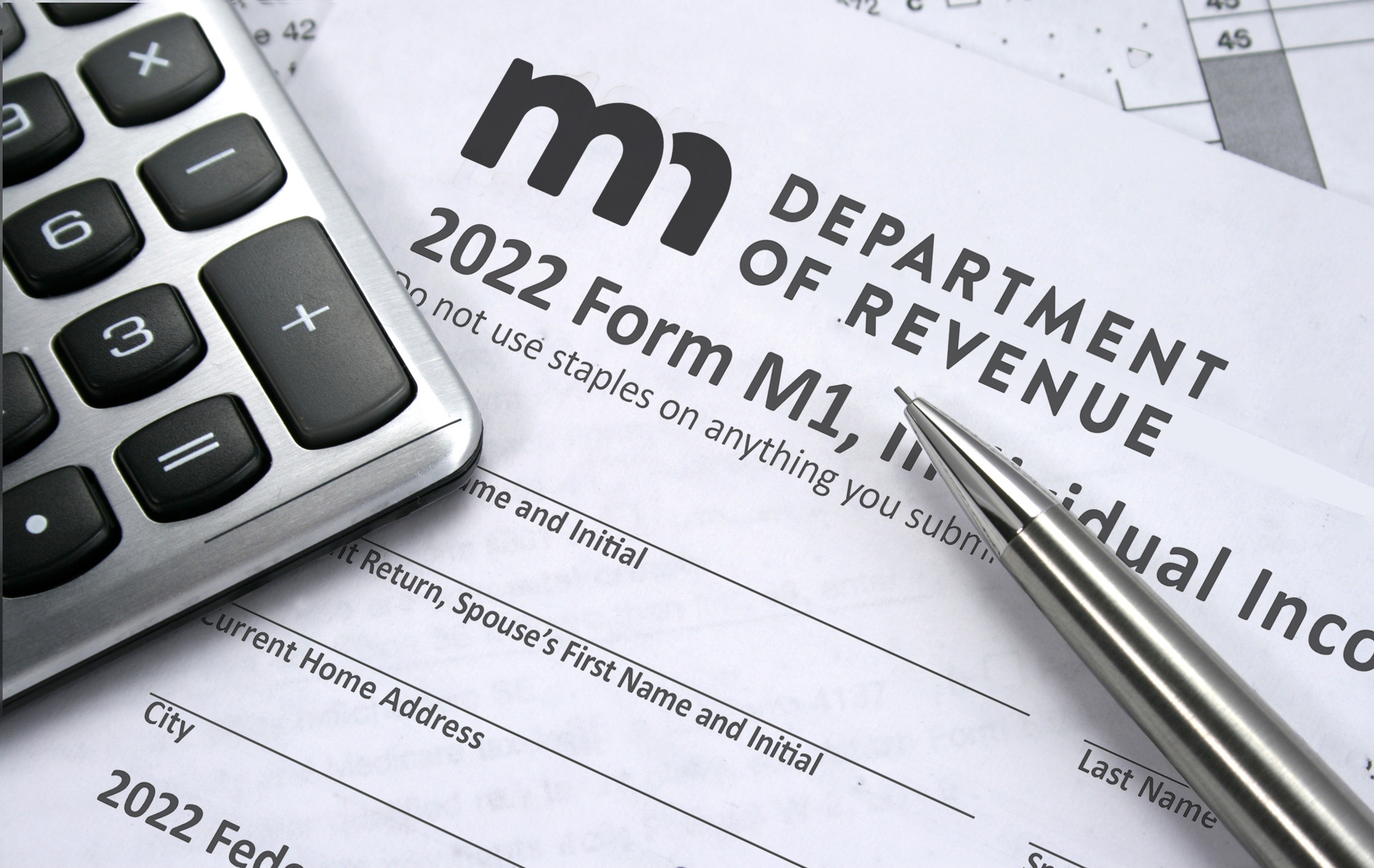In the previous three years, almost every U.S. state has reduced broad-based taxes, according to an Associated Press piece titled ‘State tax lowering trend faces challenges from dwindling revenues and tighter budgets’ Income, sales, property, and gas taxes were reduced permanently, rebated, or suspended.

Minnesota’s Recent Tax Changes: A Closer Look at Welfare Spending and the ‘Walz Checks
Minnesota’s latest tax changes were limited to a property tax refund increase and Social Security income exemption increases.
Despite assertions of tax cuts, the research suggests Minnesota increased welfare spending disguised as tax incentives. AP’s broad definition of ‘tax cuts’ includes one-time refunds like Minnesota’s ‘Walz Checks,’ casting doubt on the judgment.
To calculate tax reduction, examine rate and threshold adjustments. Despite $9 billion in tax and fee hikes, Minnesota kept some important categories like income tax constant except for Social Security.
READ ALSO: Minnesota now has the highest rate of corporate tax in the United States
Minnesota’s Budget Challenge: Deficit Despite Surplus and Tax Hikes
Minnesota confronts a $2.3 billion shortfall after having a $18 billion budget surplus and raising taxes by $9 billion a year ago. The Star Tribune credits the shortfall to “higher-than-anticipated spending for health and human services and education.” The AP piece blamed tax cuts for reduced revenues.
A countrywide tax drop trend examines Minnesota’s deficit, suggesting that it is caused by excessive spending on health, human services, and education. The large surplus and present deficit raise questions about fiscal responsibility, disputing the idea that tax cuts cause budget problems.
Due to budget surpluses, most U.S. states except Alaska and Nevada cut taxes, according to the Associated Press. Despite tax-cutting claims, Minnesota only made minimal changes, mostly increasing welfare spending. Overspending on health, human services, and education created the state’s budget deficit, disputing tax cuts’ blame. This raises doubts about fiscal responsibility and the validity of tax cuts as the main cause of budget issues.
READ ALSO: State spending trend faces headwinds from increasing spending




